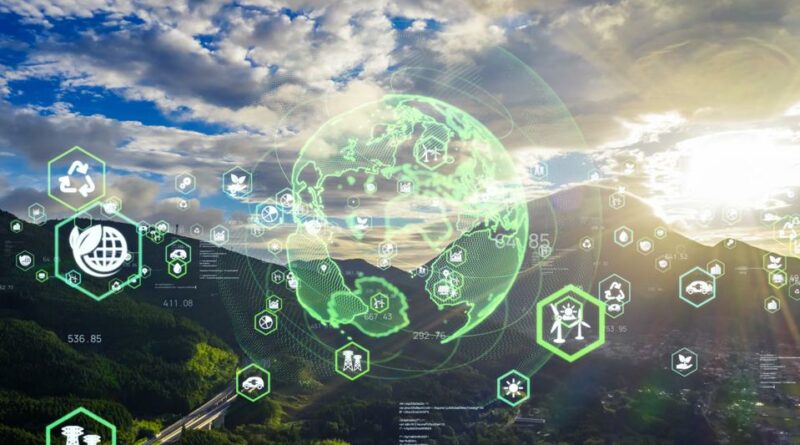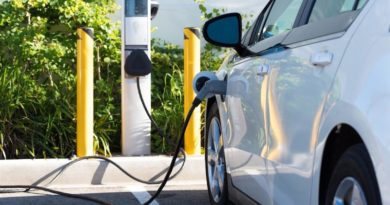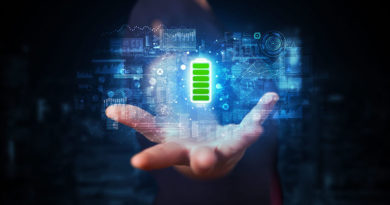
The window for a digital green energy transition is now, and we cannot miss it
Putin’s horrific war in Ukraine has finally made us wake up to the reality we should have accepted a long time ago. We need to get rid of our dependency on hydrocarbons faster. Today we need to get rid of our dependency on Russia. But merely getting rid of Russian fossil fuels is not the end goal. That is to get completely hydrocarbon-sober. The only good thing that could come out of this terrible crisis is that if we do it right, we can take a leap in a green direction.
There is an enormous potential in digitalization as a catalyst for the green transition. In fact, digitalisation is a precondition for living up to our climate commitments and succeeding with the Energy Union. Digital technologies can make our energy systems more intelligent, reliable, efficient, and sustainable. Now is our window of opportunity, and we must give this the attention needed.
Right this moment we are building a new energy infrastructure system across Europe. Heat pumps and district heating are for instance being rolled out across Europe in a major scale. Tens of millions of heat pumps will be connected to the grid as we go towards 2030.
Thinking in silos simply does not work anymore. Digitalising our energy systems will get us quicker and cheaper to net zero, and we are far behind.
We are seeing a shift to a new system architecture which is characterised by electrification and an increasing share of decentralised renewable energy. This will require a tremendous digitalisation effort. We need to design the energy infrastructure in a way that from the get go integrates intelligent digital components and solutions, such as smart meters, thermostats, and internet of things sensors, rather than letting this be an afterthought at a huge extra cost. By digitalising the grid and grid-edge, we dramatically increase control of the system through real-time automated communication and operation of the systems. With the intermittency of many renewable energies, we need grid-control to reduce weak points.
The data collection enabled by this will provide situational awareness and enable for instance more detailed demand forecasting and automated outage detection, all with great benefits for energy savings and energy efficiency, and not least the elimination of Putin’s gas.
We do not need to build a Rolls Royce model. We cannot wait for the development of perfect solutions at elevated prices. Yesterday is better than tomorrow. In fact, we already have many of the solutions that we need. This includes solutions which are accessible and affordable. It is time to implement.
There are many low hanging fruits. Think about the way we heat our homes. Today we have 500 million heaters in the EU, which are wasting heat. By installing thermostats on these, there would be a yearly savings potential of up to 12 billion euro and 29 tonnes of CO2. This would also mean huge savings for ordinary households.
Consumers will be a key driver of change. Today European citizens have a willingness not seen in decades to save on their energy usage. But consumers need to have better conditions for making smart budgetary and green choices.
European citizens are eager to take the necessary steps. For example, a recent survey showed that six of ten Danes said that they are more motivated to save energy this year than last year. Tips on how to reduce your consumption are popular in national papers and on social media alike. Low points in energy prices when the wind is strong can easily become a breaking news story. Consumers are washing their clothes at night and following fluctuation in prices online.
Understanding the actual prices and fluctuations as well as when the energy is the greenest is however very difficult for many consumers in the EU. For instance, in many EU countries, gas consumption is only measured once a year, and ongoing payments are based on a forecast of consumption. That means a consumer reducing her consumption will not feel the difference until long after. It is basically a system with no green incentives, and it serves as a perfect example of how we should not design the energy system.
The EU has an incredibly important role to play in ensuring that we do not miss the window of opportunity in front of us right now. Just like the EU played a crucial role in ensuring the implementation of smart-meters in the electricity grid, EU policy makers must make sure that we create the right conditions for digitalisation to be a catalyst for the green energy transition.
To get rid of our addiction to Russian fossil fuels supplies as well as to mitigate the inflated energy prices, European leaders with unprecedented speed were able to agree to reduce our overall energy usage, both gas and electricity. Out of this came REPowerEU, as part of which crucial revisions of the Buildings Directive, the Energy Efficiency Directive and the Renewable Energy Directive are currently making their way through the EU apparatus.
Buildings account for 40% of our energy usage in the EU. As shadow rapporteur for the Buildings Directive I am pushing very hard to include requirements for smart digitalisation of buildings.
It is clear that digitalisation is a much underappreciated part of the green transition, and there is a real risk that we are missing the train. Europe needs to build an energy system which is much more intelligent and interconnected than we have today.



